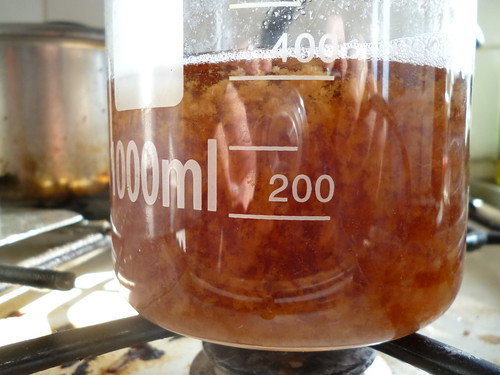Hops_and_Dreams
Landlord.
Am I right in saying that this is where the proteins come out of the wort during the boil? I've done two extract boils now and I was expecting to find some sort of sludge at the bottom of the pan, but nothing either time?

I've read elsewhere that John Palmer is not correct on the definition of the Hot Break. The foam near the beginning of the boil is not the Hot Break.
The Hot Break usually forms between 60 and 90 minutes into the boil and looks like scrambled egg

Is the idea you want it to occur so you can strain it out when you transfer to FV?
Cheers for all the replies. I'd read the John Palmer piece before, hence why I was looking for it and wondered if I was doing something wrong.
As I won't get one with extract, I won't worry about it any more.
Am I right in saying I still need the Irish moss to help it clear after fermentation?
Enter your email address to join: